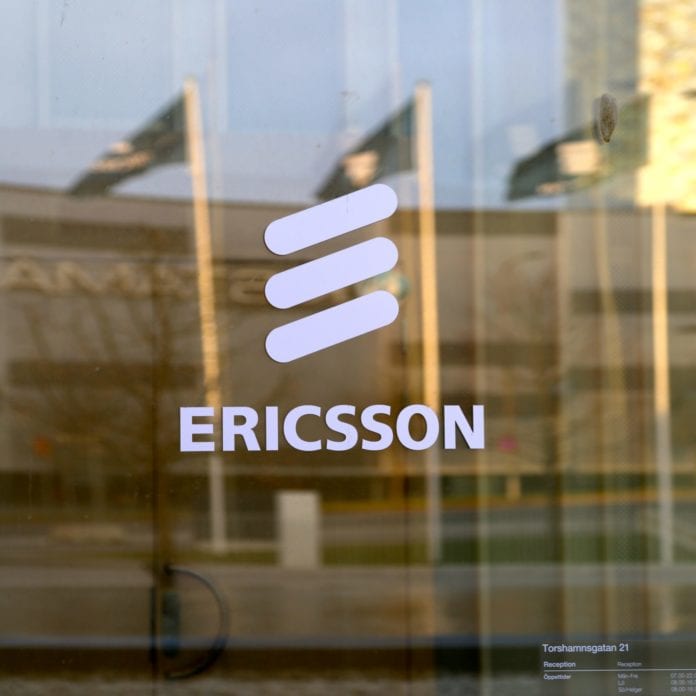The vendor said that in 2018, LAA technology will include five-channel carrier aggregation support
Ericsson and Hong Kong mobile operator SmarTone announced they have carried out a successful trial of License Assisted Access (LAA) technology in a live, over-the-air demonstration in Hong Kong.
Ericsson explained that LAA technology allows the use of unlicensed spectrum in the 5GHz band in combination with licensed spectrum. This technology allows subscribers to get an enhanced mobile broadband experience with more capacity and faster speeds.
The Asian operator used one 10 megahertz LTE band aggregated with three 20 megahertz bands of unlicensed spectrum for the trial. Together with four-channel carrier aggregation, 4×4 MIMO and 256QAM technologies, the LAA trial used a Qualcomm X16 LTE mobile test device and Ericsson’s micro Radio 2205 for LAA.
Ericsson said that future enhancement of LAA includes five-channel carrier aggregation support in 2018.
“LAA is an important technological evolution that can combine licensed and unlicensed spectrum to provide LTE service,” Stephen Chau, CTO of SmarTone, said. “It will be widely adopted in the U.S and European markets in the near future.”
“LAA is a key evolution of mobile technology and we are pleased to be first in Hong Kong together with SmarTone to demonstrate the increased capacity, improved speeds and enhanced user experience through the combination of licensed and unlicensed spectrum. Through the introduction of advanced technologies, such as LAA, we enable Gigabit Class LTE on the road to 5G,” Petra Schirren, president of Ericsson Hong Kong and Macau, said.
Russian service provider MTS has recently carried out a similar trial. The telco worked with Ericsson and Qualcomm, whose Snapdragon 835 mobile platform with X16 LTE modem supports gigabit LTE and LAA, and provides connectivity in the six in-market and coming soon smartphones compatible with gigabit LTE. In the lab test, MTS used an Ericsson Pico RBS 6402 small cell and a Qualcomm test device to aggregate licensed spectrum with frequencies in the 5 GHz band generally associated with Wi-Fi.

